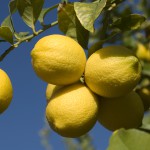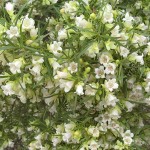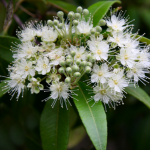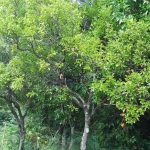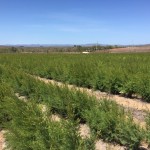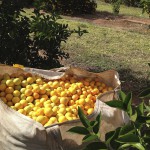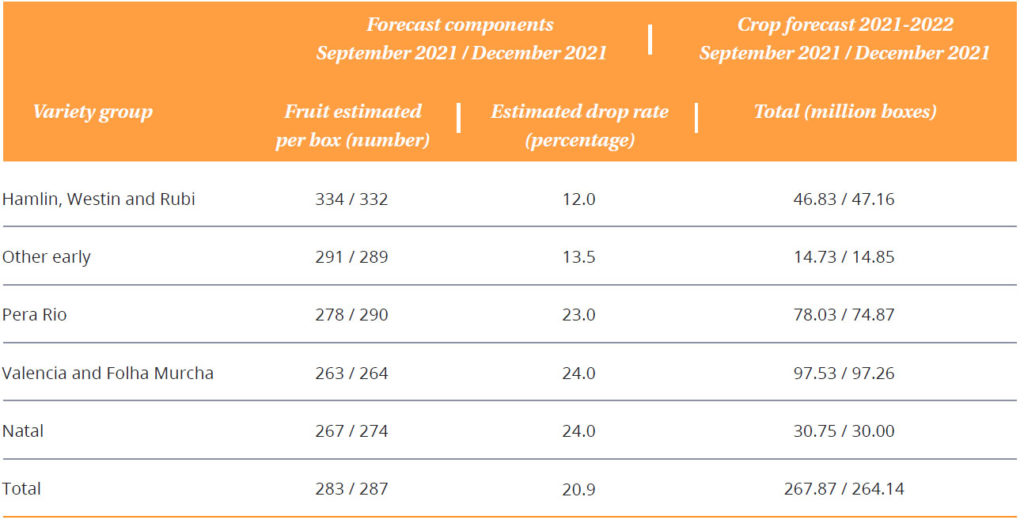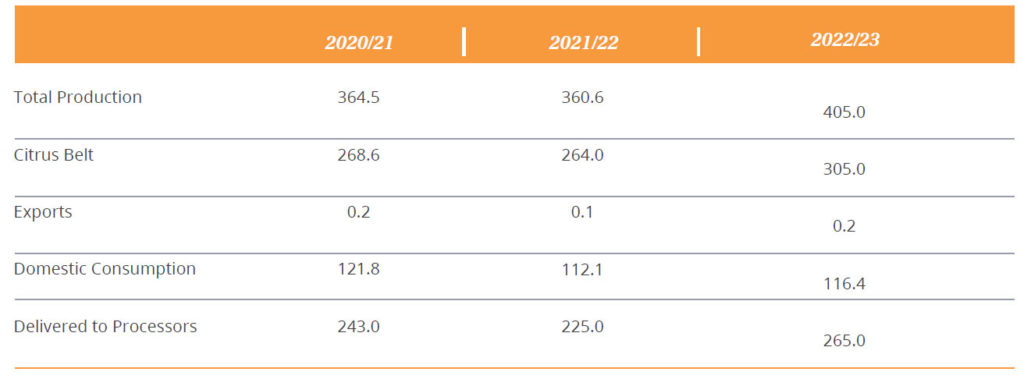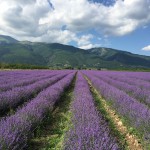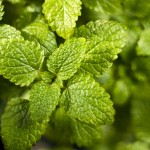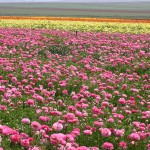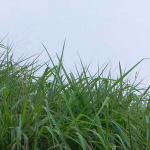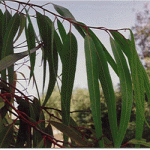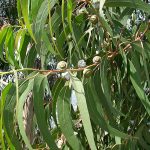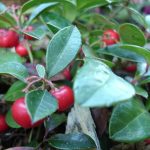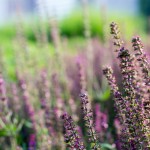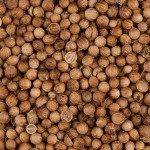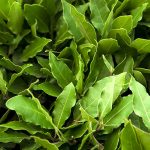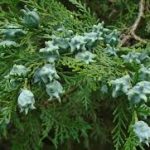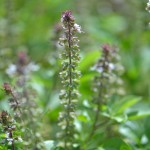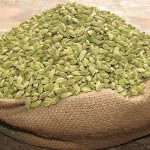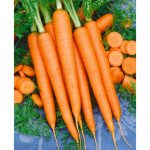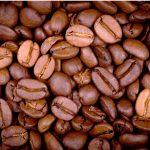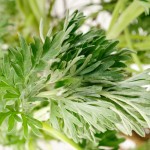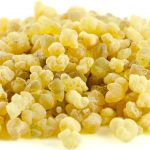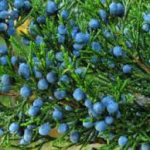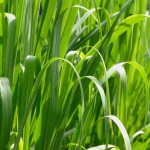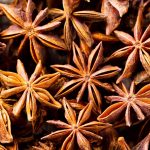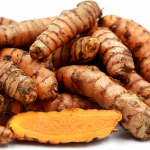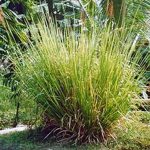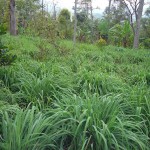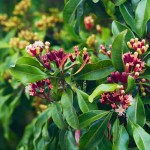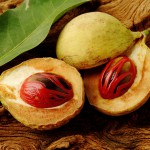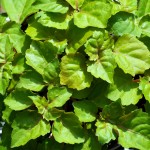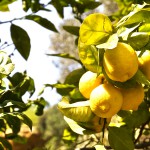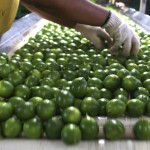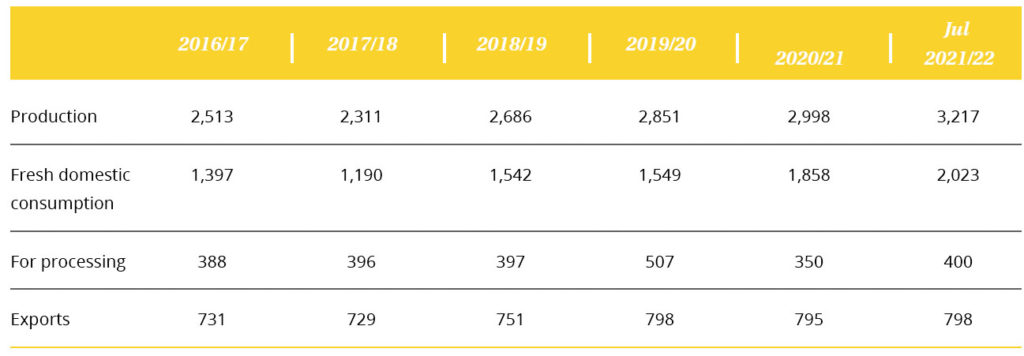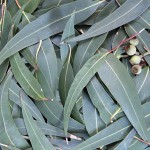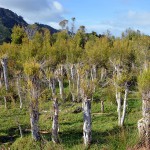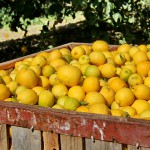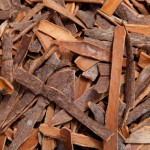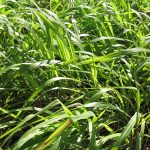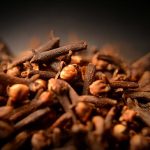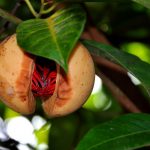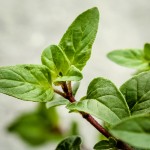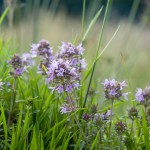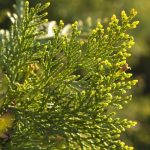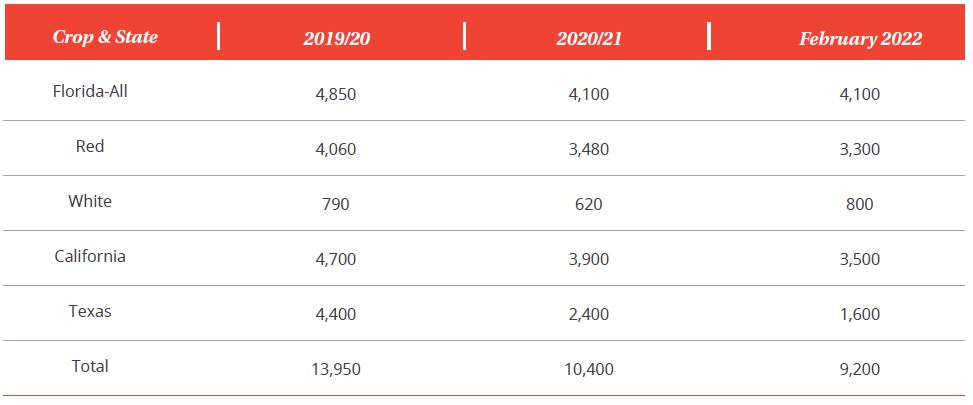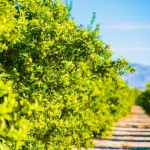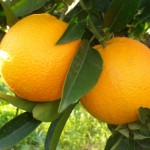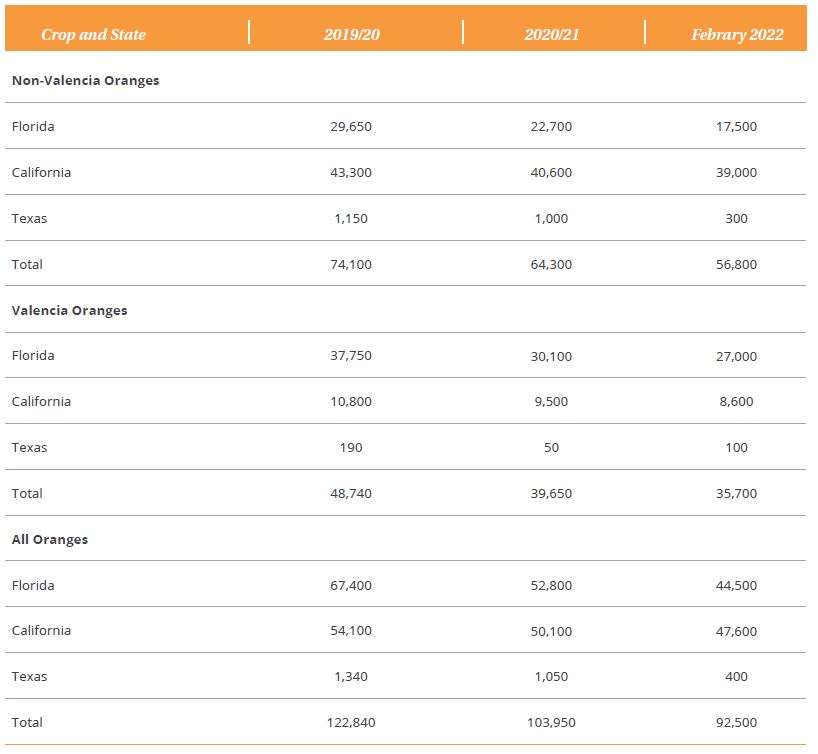Lemon Oil
Citrus limon (L.) Burm. F.
Harvest: May - July
2020/2021 was an exceptional season in terms of production levels. A severe drought that occurred during blossom and fruit set in the main growing area was expected to reduce fruit volumes. However, heavy rains in the summer rainy season allowed lemon trees to recuperate, increasing production above low initial estimates. Fresh lemon production ended 56.5% up from USDA estimates, from 1.15 to 1.8 million metric tonnes (MMT). As a result of an alternate bearing off year fresh lemon production for 2021/2022 is estimated to decrease to 1.65 MMT, compared to the previous marketing year.
Due to the unexpected increase in production in the 2020/2021 season, the fresh lemons for processing are forecast to have increased from 831,000 MT to 1.39 MMT, up by 66% from original USDA estimates. Meanwhile, for 2021/2022, fresh lemons for processing are forecast to decline to 1.29 MMT, as a result of the projected decline in fresh lemon production for this coming season.’
Similarly, due to 2020/2021 larger production and less fruit supply in the northern hemisphere fruit producing countries, fresh lemon exports increased 47%, to 264,000 MT, from USDA estimates. For 2021/2022 fresh lemon exports are forecast at 230,000 MT, down 34,000 MT from Official estimates, as a result of the forecast smaller production.
In terms of export destinations, Argentina managed to diversify fruit exports during 2020/2021, shifting destinations from the EU and Russia into other significant markets such as the USA and Canada, and non-traditional markets such as Mexico, China, United Arab Emirates, Saudi Arabia and other Asian markets. Those markets, both traditional and the ones that have recently been opened, are expected to strengthen during the coming marketing year, with a look toward Asian markets for expansion. Particularly, exports to the USA have shown an upward trend after regaining market access to the USA in 2016/2017. However, this significant increase of lemon exports to the USA was due to very special and favourable circumstances in Argentina that will not be the same in 2021/2022. Therefore, exports are expected to decrease substantially in the coming season.
The Argentinian lemon industry is composed mainly of companies that are integrated so they have control throughout the entire production chain. Seventy percent of fruit production goes to by-product production, such as concentrated juice, essential oils and dry peel or pectins. Nowadays the industries are producing Not From Concentrate Juice (NFC), obtained by simple fruit squeezing and a mild pasteurisation. All these products are obtained from first quality fruit and they are commercialised in internal and external markets. Most companies work under a GFSI (Global Food Safety Initiative) or another quality system and most of them work with SGF (Sure Global Fair), which is a voluntary control system.
The fresh lemon export business continues to be profitable. However, with production costs, such as labour, inputs, energy, inland and ocean freight increasing significantly, and high inflation rates, the competitiveness of the lemon sector has been affected. Furthermore, although the continuous depreciation of the Argentine peso and the elimination of export taxes make exports more price-competitive in foreign markets, a decrease in export rebates and high interest rates partially offset that advantage.
The COVID-19 pandemic has not had a major impact on the activity of the Argentine citrus industry.
USDA ESTIMATED ARGENTINIAN LEMON PRODUCTION, SUPPLY AND DISTRIBUTION 2017/18 TO 2021/22 (‘000 MT)
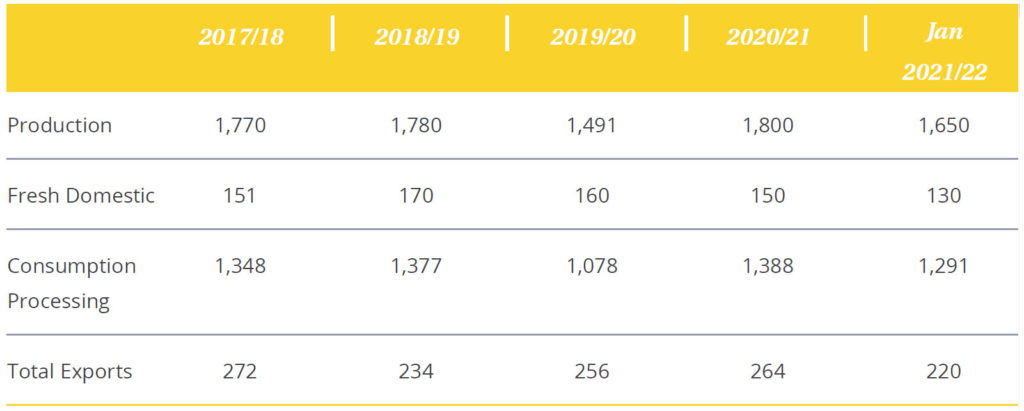
Market price: USD 18.00 /kilo
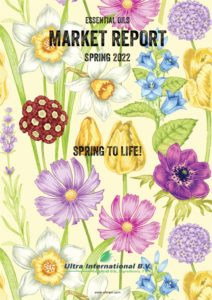 Browse and discover all the latest essential oils from growing regions around the world. In addition, our download version is packed full of additional articles including a detailed analysis about the ongoing Supply chain disruptions, Futuristic Fragrance Feels, an insight of Vertical Farming and some interesting facts on Cordia Verbenacea-a Medicinal Herb.
Browse and discover all the latest essential oils from growing regions around the world. In addition, our download version is packed full of additional articles including a detailed analysis about the ongoing Supply chain disruptions, Futuristic Fragrance Feels, an insight of Vertical Farming and some interesting facts on Cordia Verbenacea-a Medicinal Herb.  Ultra International B.V.
Ultra International B.V.
